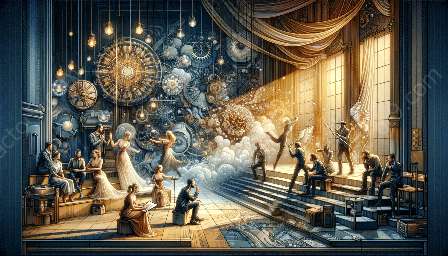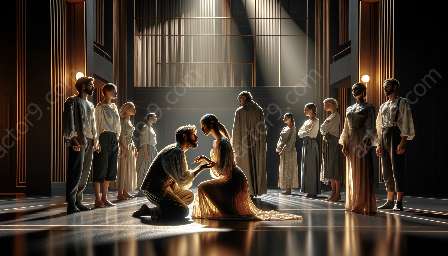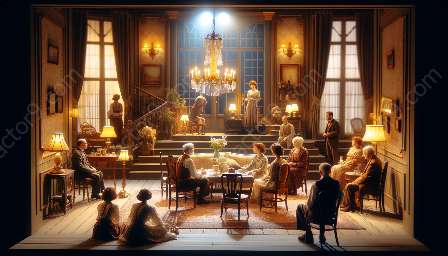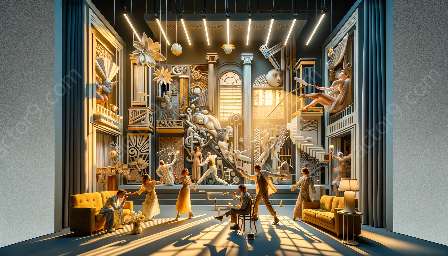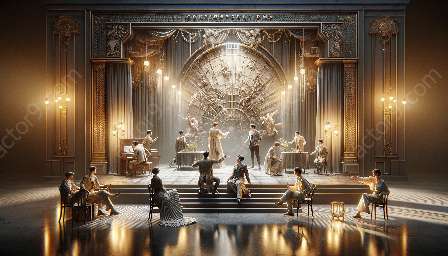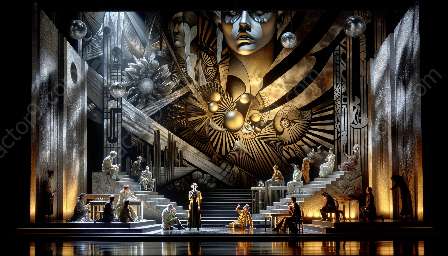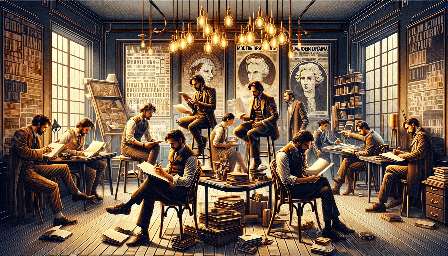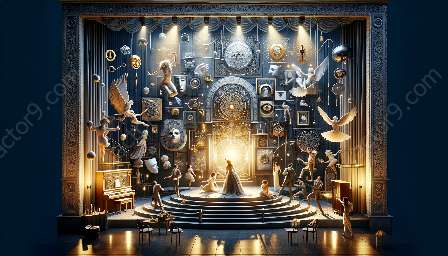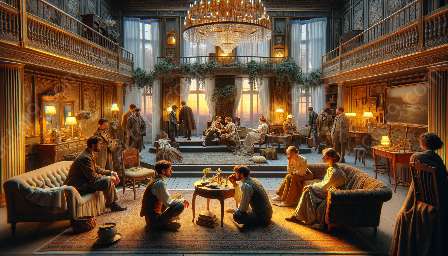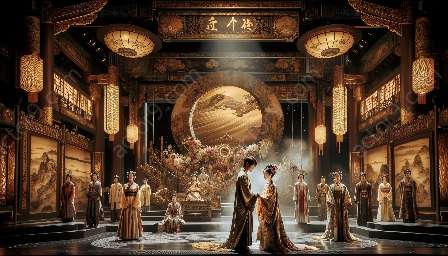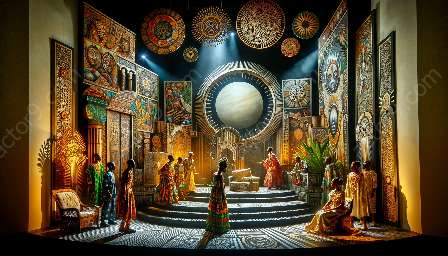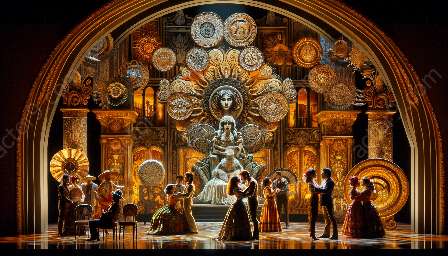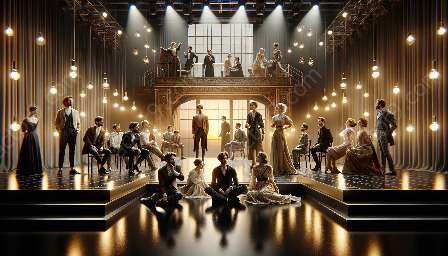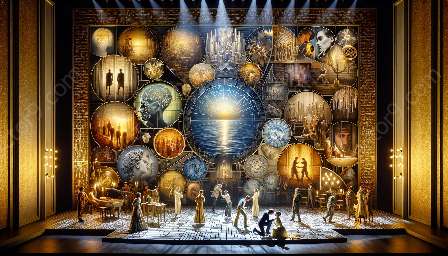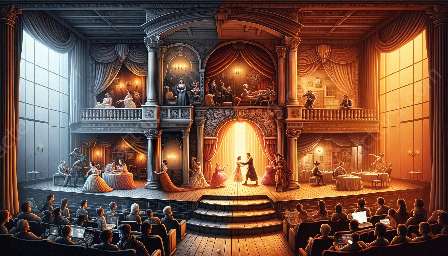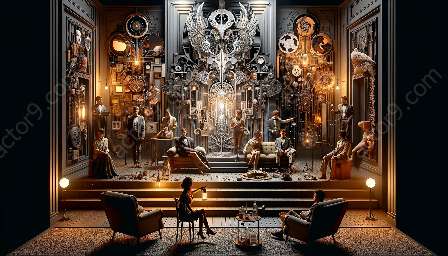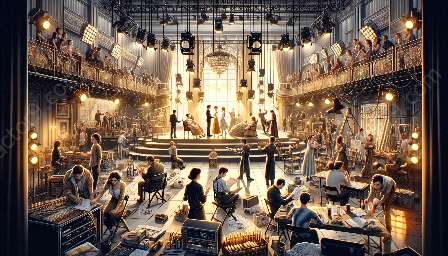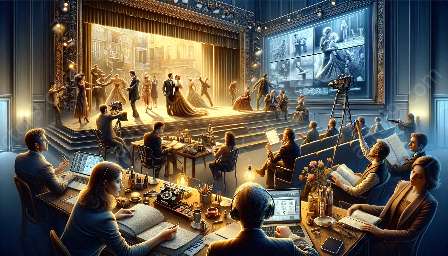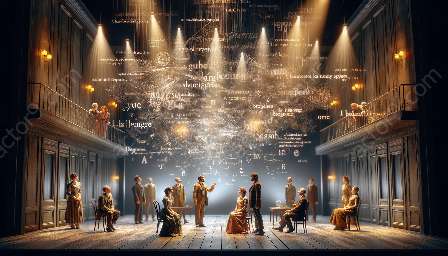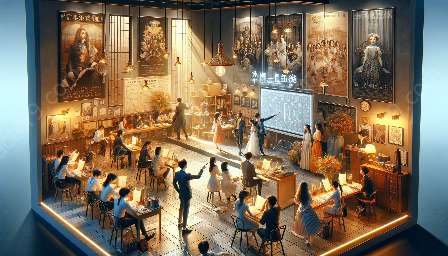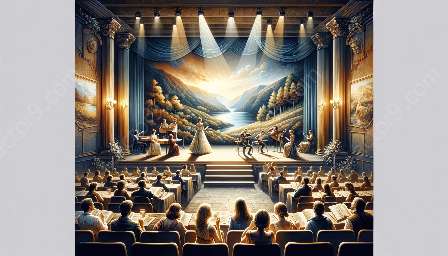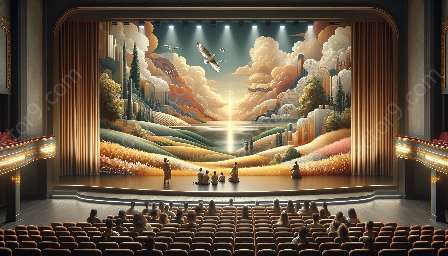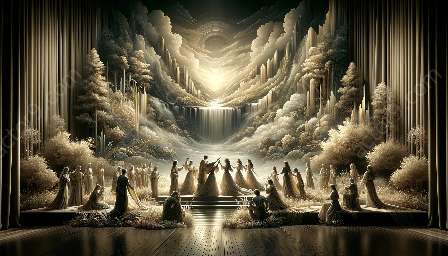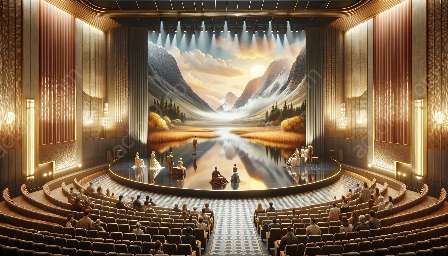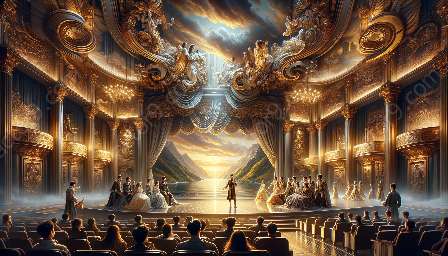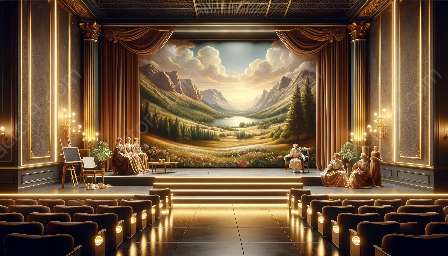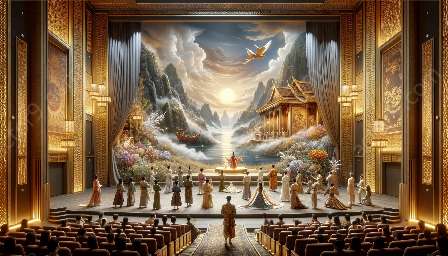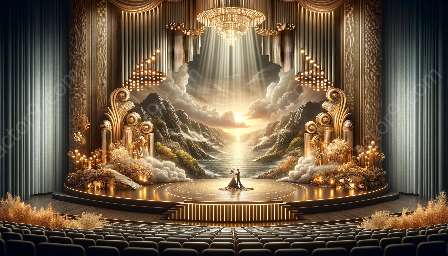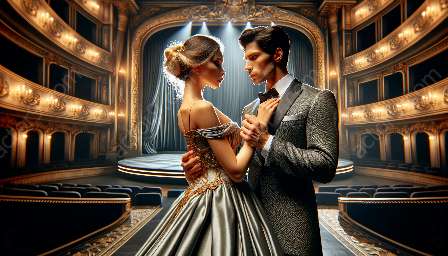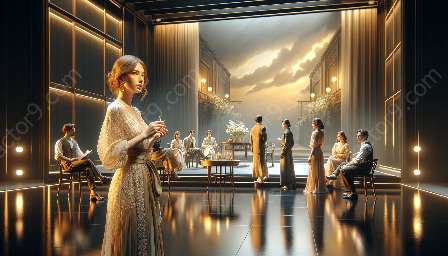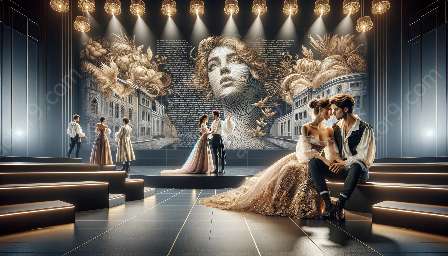The use of sound and music in modern theater has become an integral part of enhancing storytelling, providing a multi-dimensional experience for audiences. This topic cluster will delve into the various ways in which sound and music are incorporated into modern drama and theatre, enriching the narratives and evoking emotional responses.
The Role of Sound in Modern Theater
Sound in modern theater serves as a powerful tool for creating atmosphere, tension, and emotional resonance. Through the use of sound effects, ambient sounds, and even silence, experienced sound designers can transport audiences into the world of the play, heightening their immersion and engagement. Additionally, sound can be used to denote transitions, signify off-stage events, or even support the emotional beats of a scene, creating a holistic audio-visual experience.
Impact of Music in Modern Theater
Music, whether in the form of original compositions or carefully selected existing pieces, plays a crucial role in modern theater. Composers and directors collaborate to create musical scores that not only complement the narrative but also enhance the emotional impact of the story. From setting the tone of a scene to underscoring pivotal moments, music adds an extra layer of depth and meaning to the performance, elevating the audience's experience.
Creating Immersive Environments
One of the key objectives of using sound and music in modern theater is to create immersive environments that transport the audience beyond the confines of the stage. Utilizing advanced audio technologies, such as surround sound and spatial audio, sound designers can spatialize the auditory experience, enveloping the audience in a rich sonic landscape that mirrors the visual storytelling. This fusion of visual and auditory elements blurs the lines between reality and fiction, resulting in a heightened sense of presence and connection.
Enhancing Emotional Storytelling
Sound and music serve as potent tools for enhancing emotional storytelling in modern theater. They have the ability to elicit specific emotional responses from the audience, intensifying the impact of the narrative. Whether through subtle ambient sounds to convey melancholy or soaring musical arrangements to evoke triumph, the strategic use of audio elements enhances the overall emotional journey of the play, leaving a lasting impression on the viewers.
Seamless Integration with Modern Drama
Sound and music seamlessly integrate with modern drama, working in harmony with the visual and narrative elements to form a cohesive and immersive theatrical experience. Directors, playwrights, and sound designers collaborate closely to ensure that the audio elements complement and elevate the storytelling, aligning with the artistic vision of the production. This synergy results in a holistic fusion of sound, visuals, and performances, contributing to the overall impact of modern drama.
The Future of Sound and Music in Modern Theater
As technology continues to advance, the possibilities for utilizing sound and music in modern theater are evolving. From interactive audio experiences to dynamic adaptive soundscapes, the future holds exciting prospects for pushing the boundaries of audio storytelling in the realm of modern drama. By embracing innovation while honoring the fundamental role of sound and music, contemporary theater seeks to captivate and inspire audiences in new and transformative ways.


